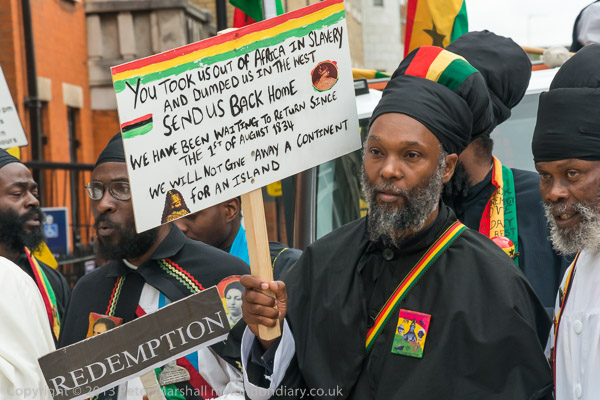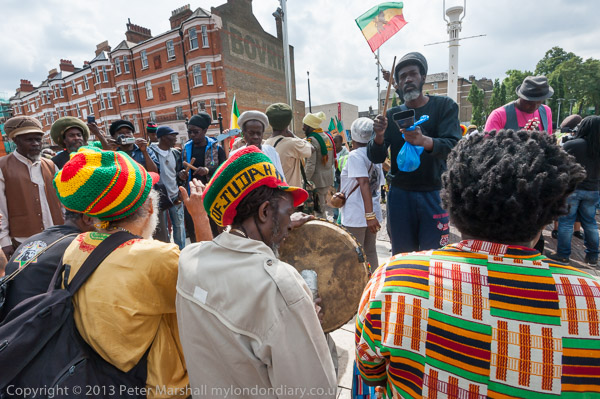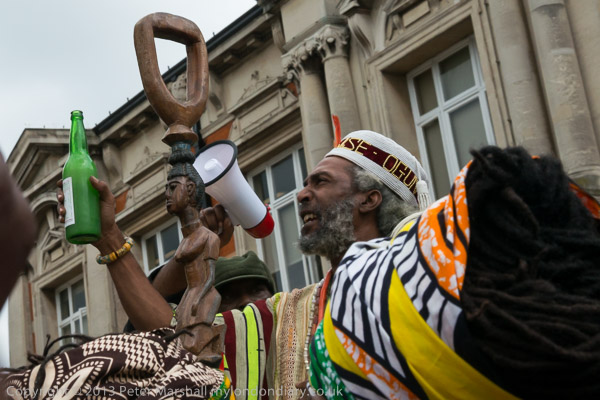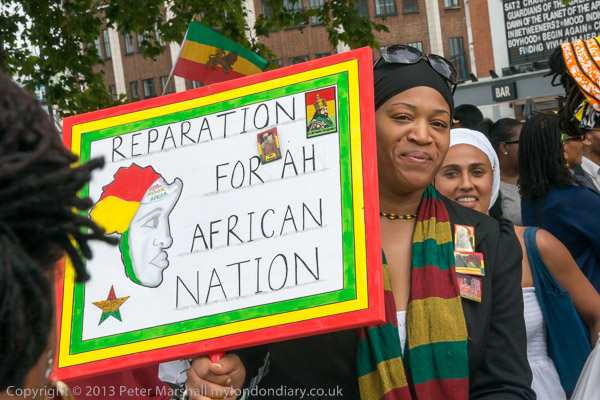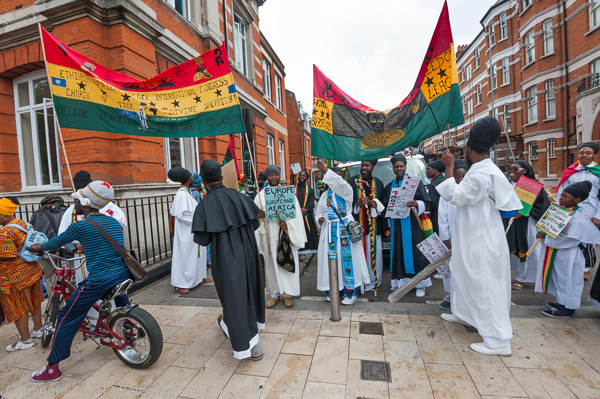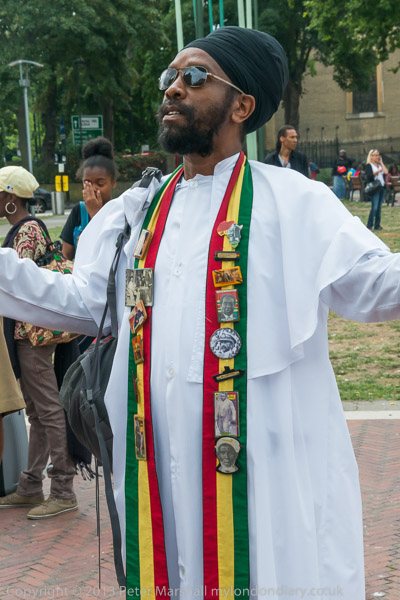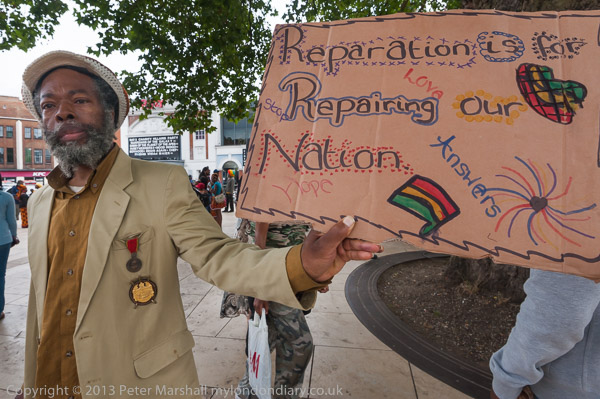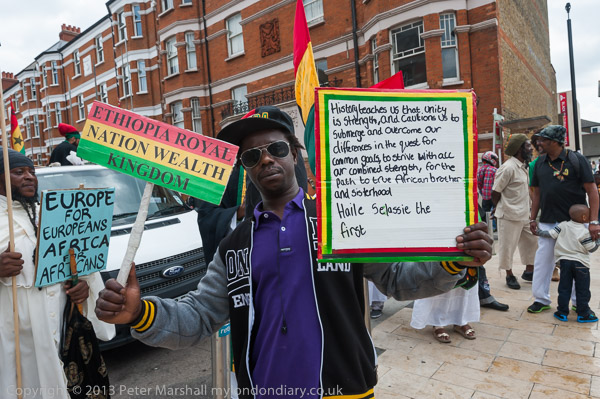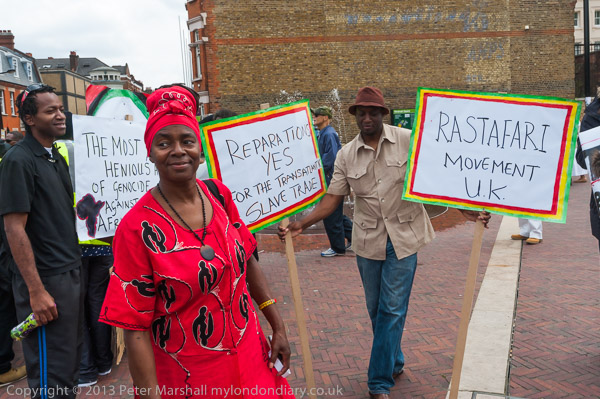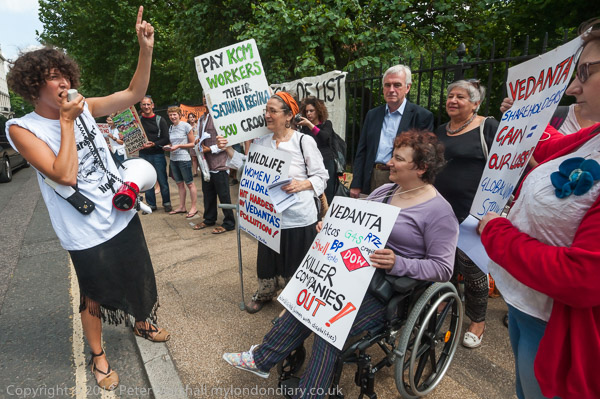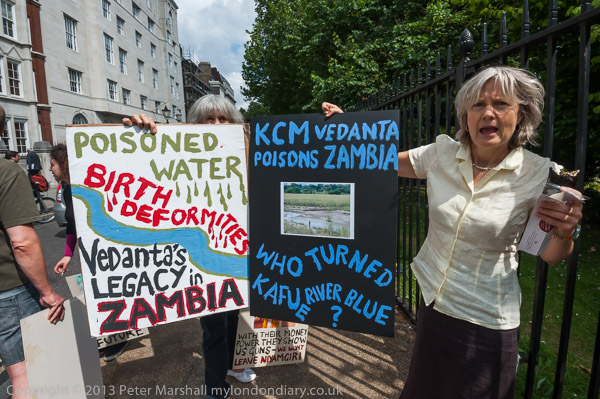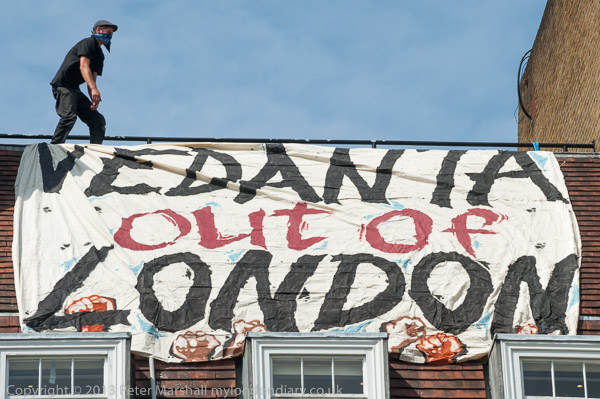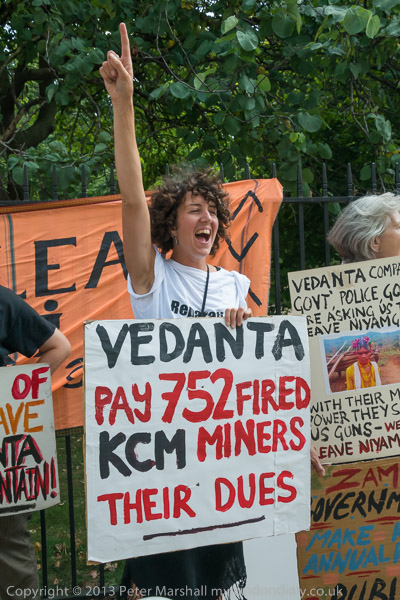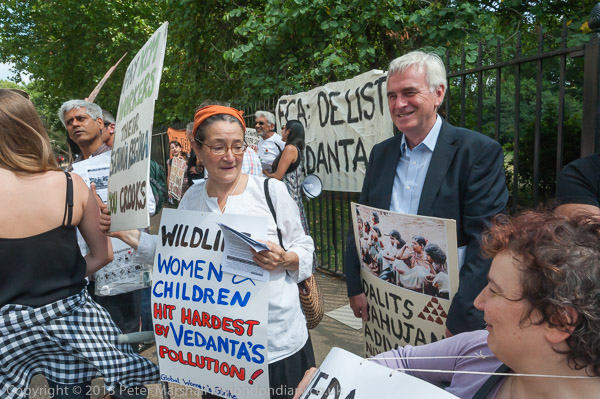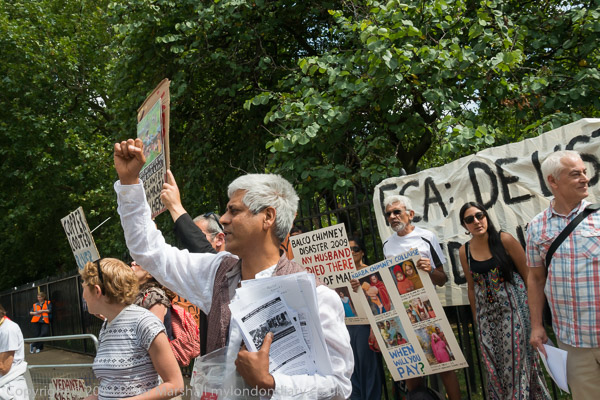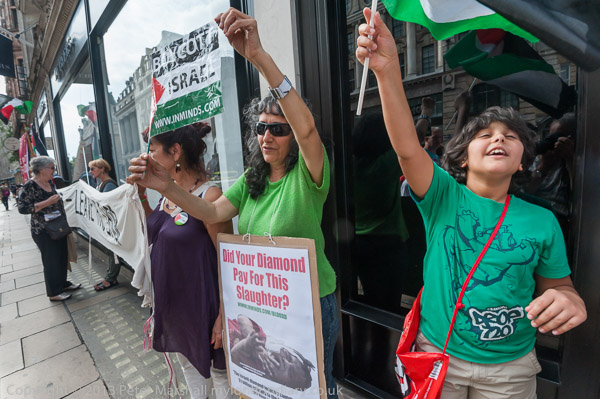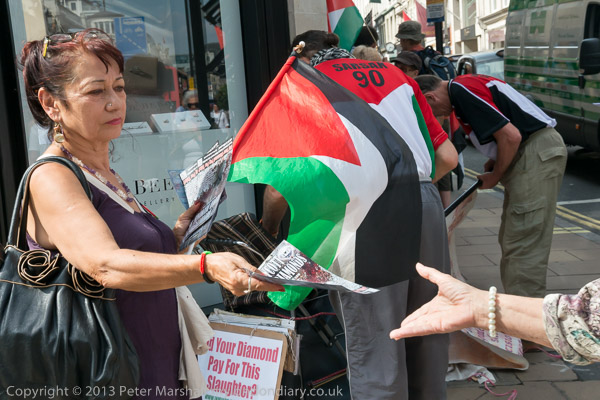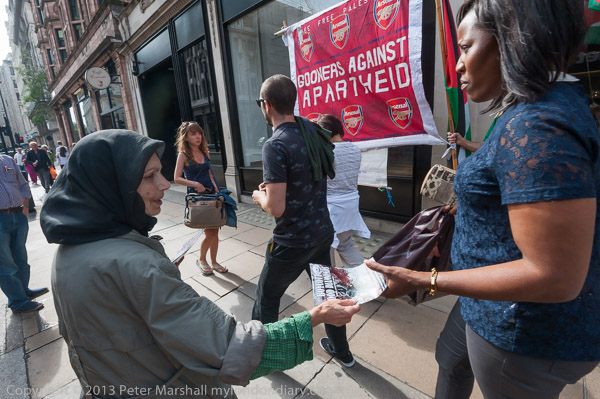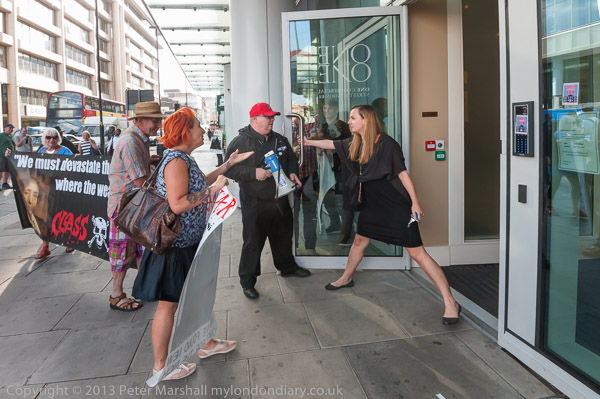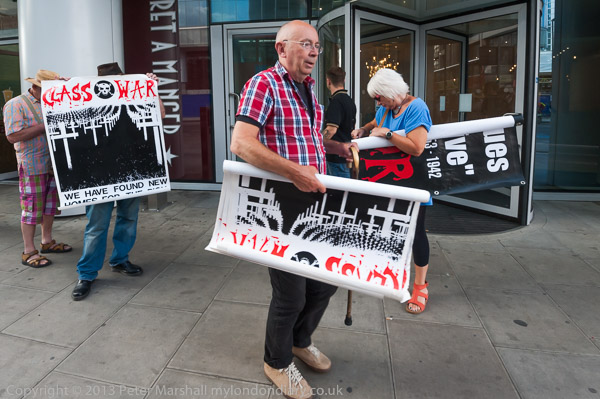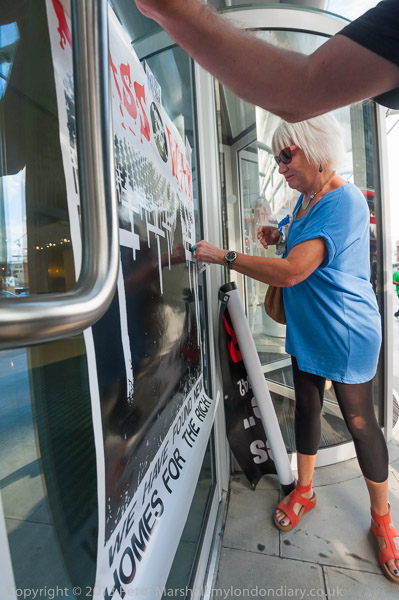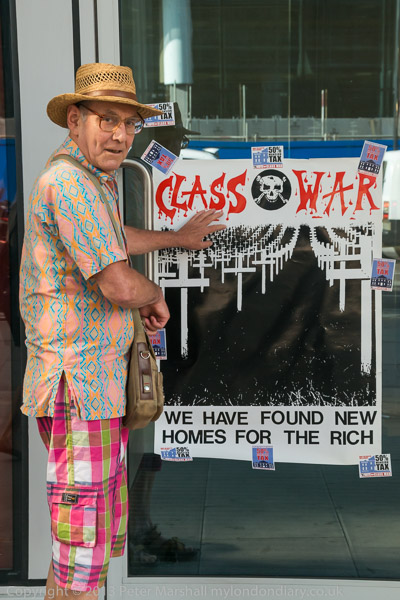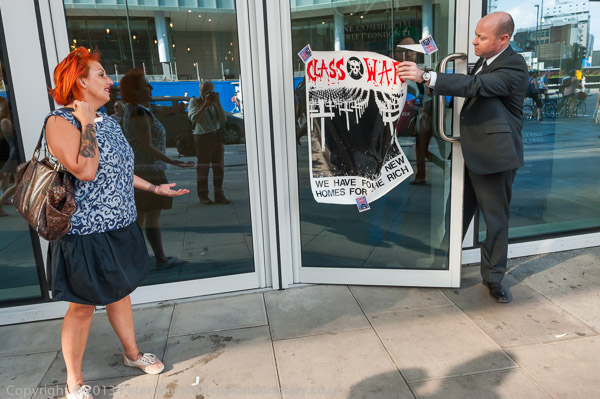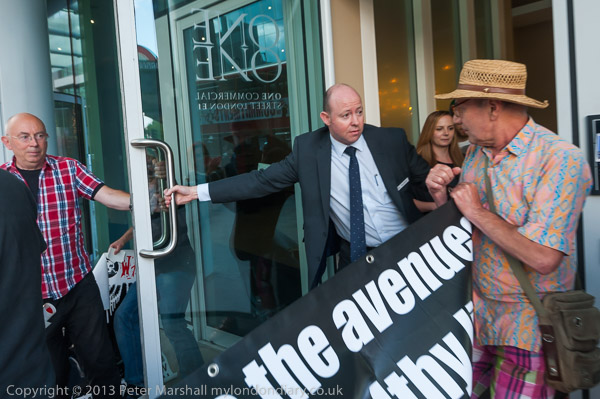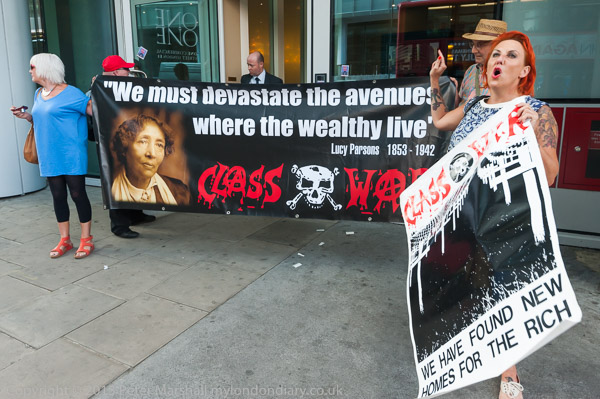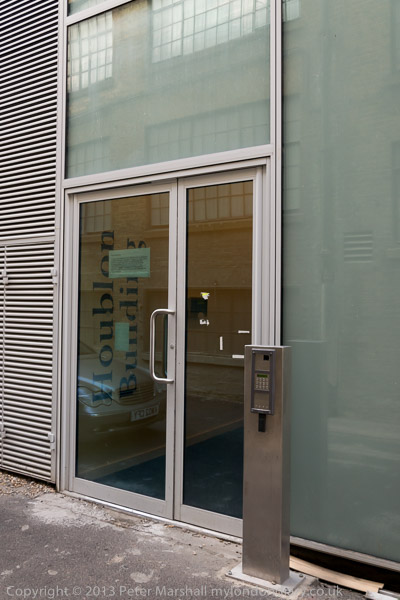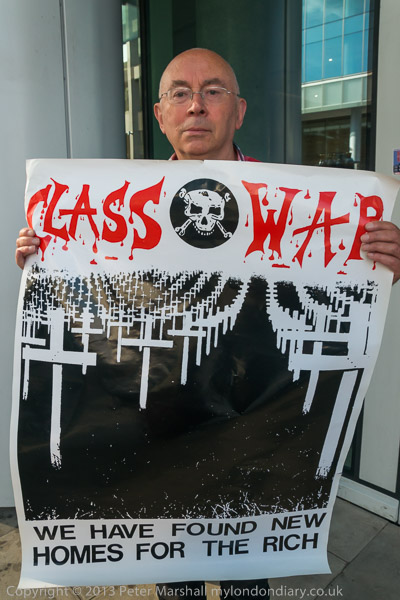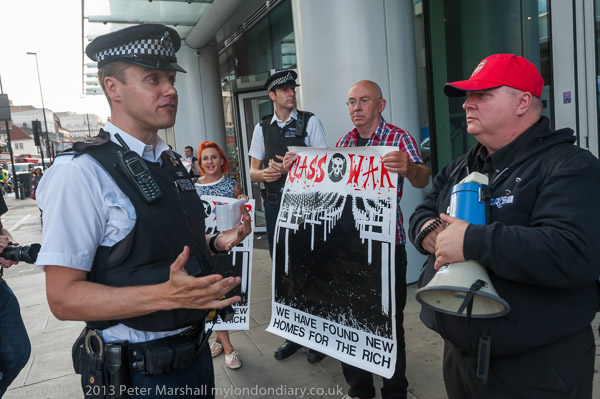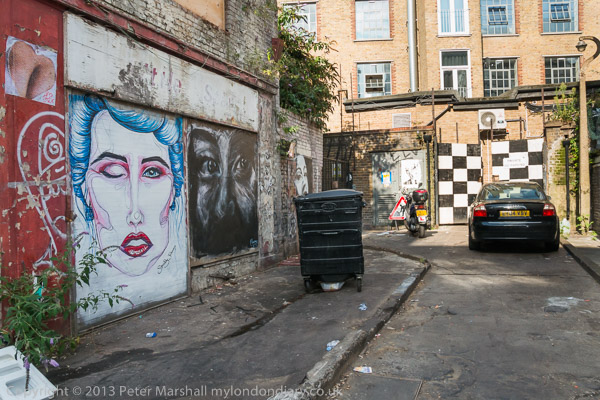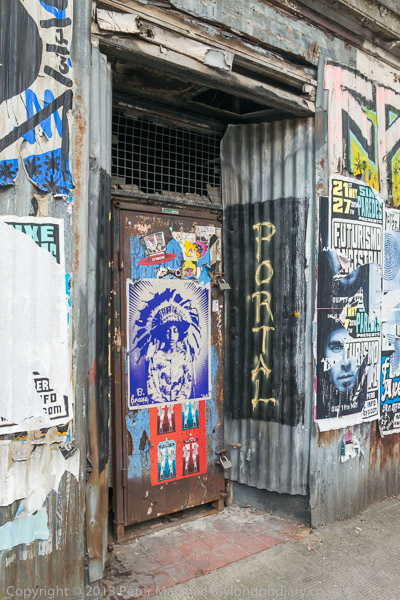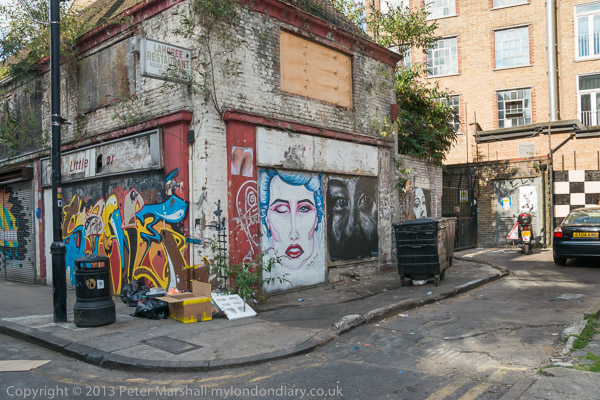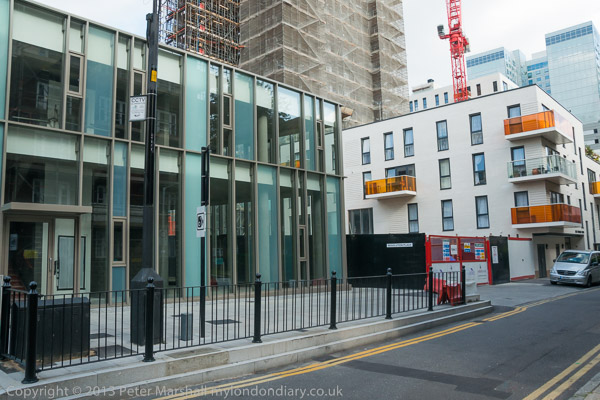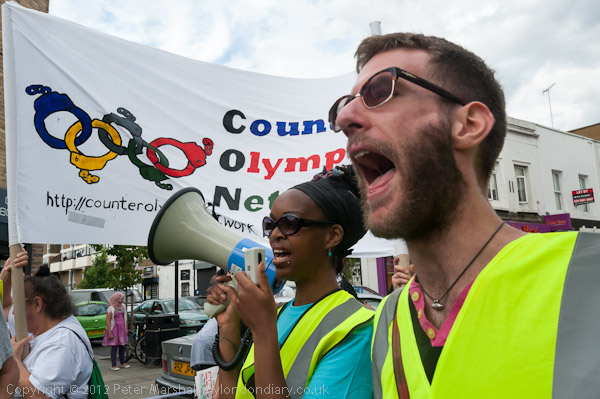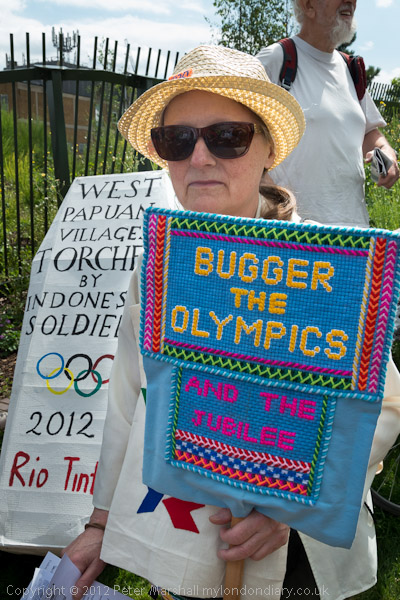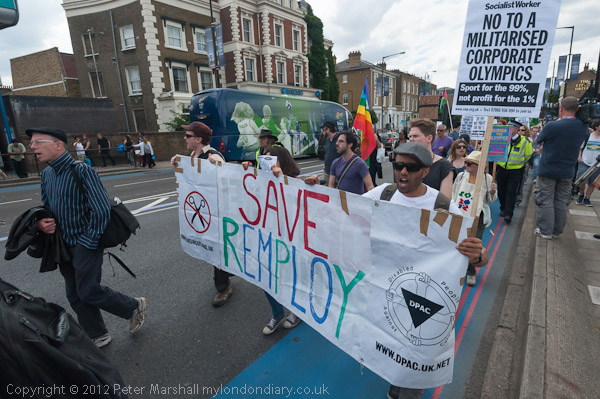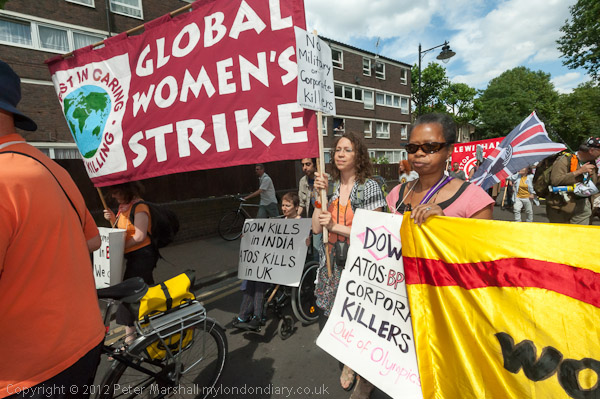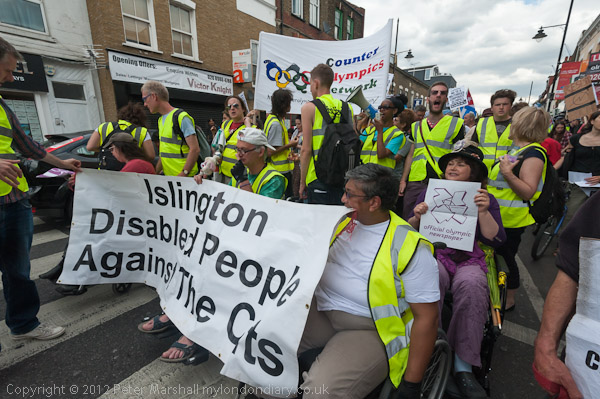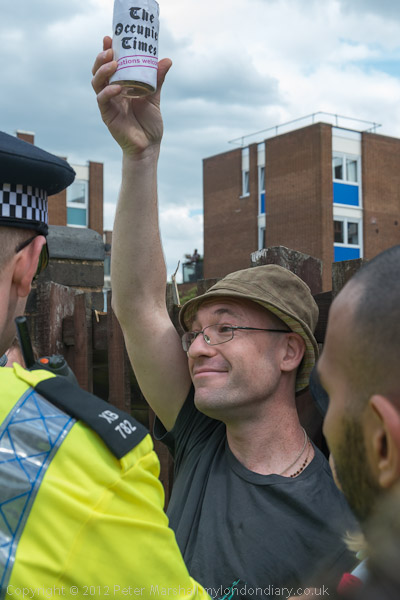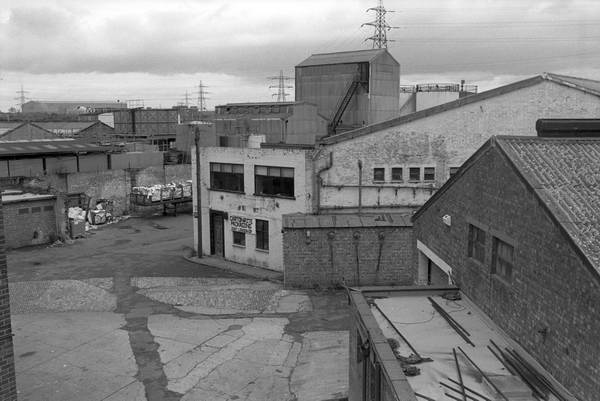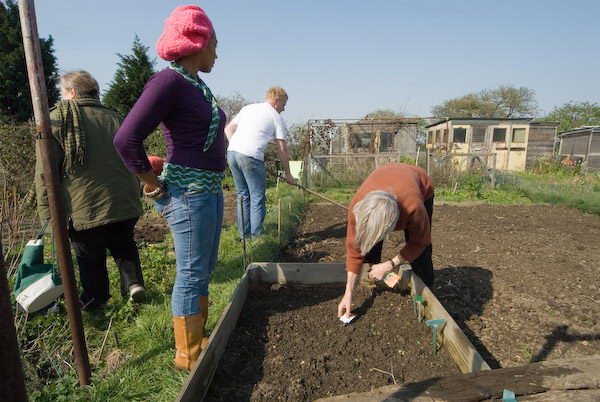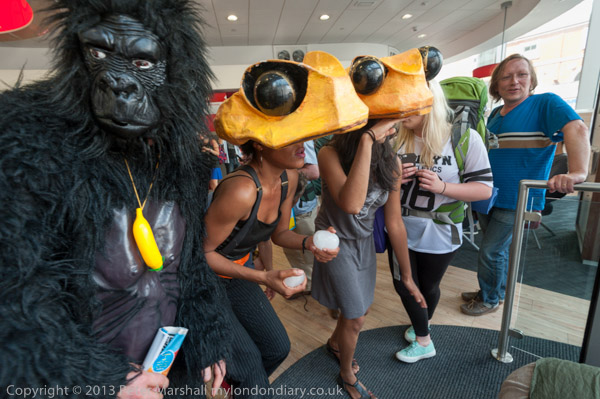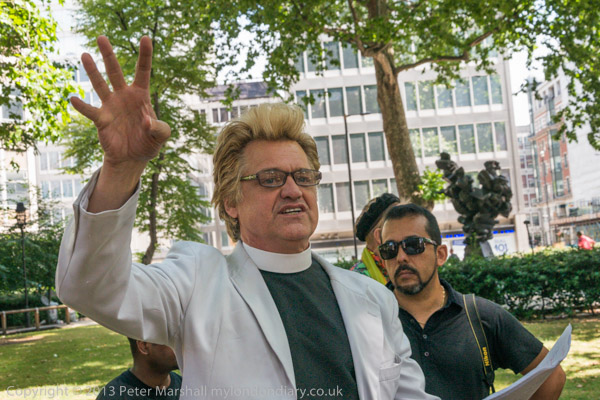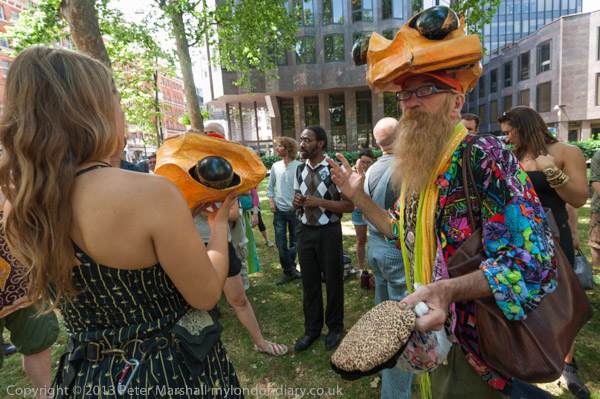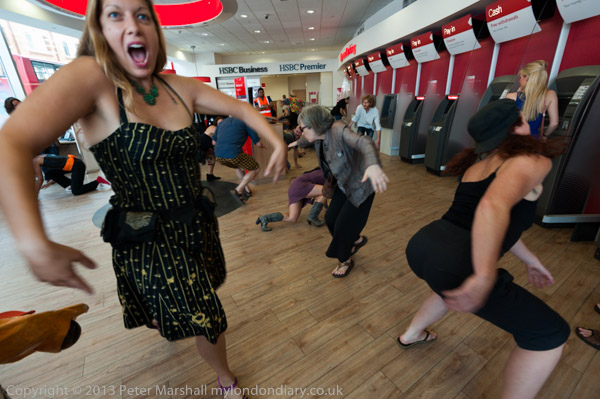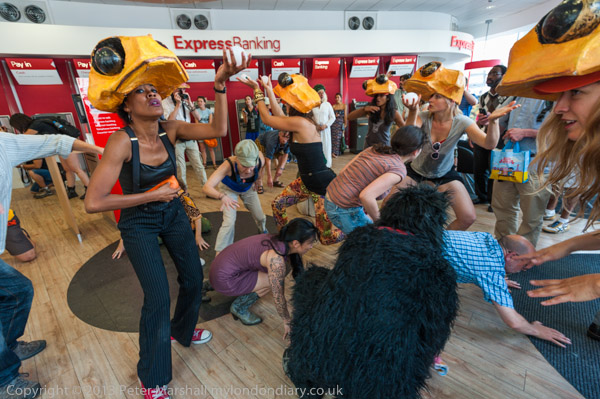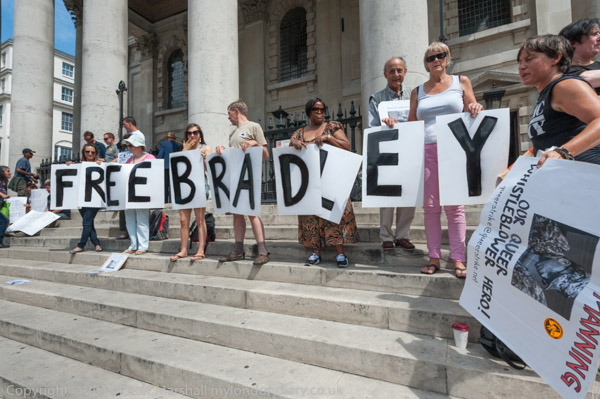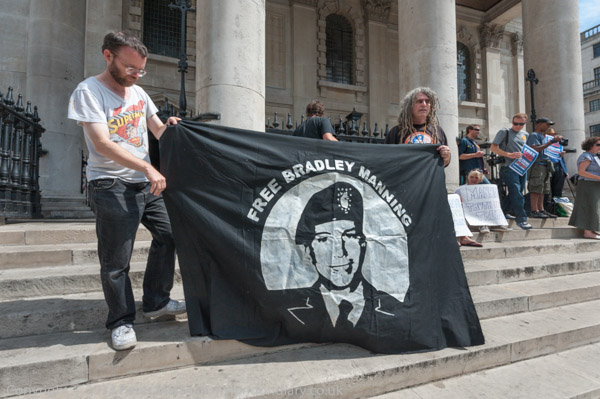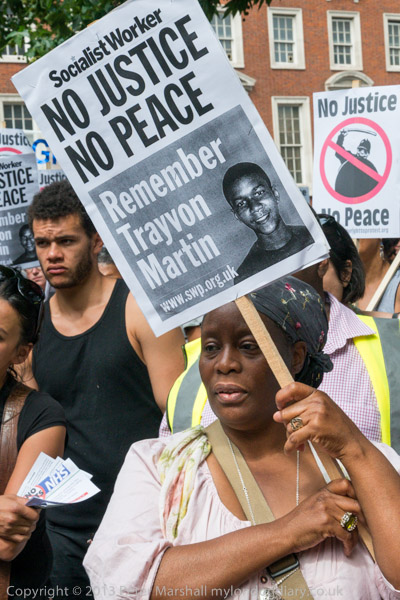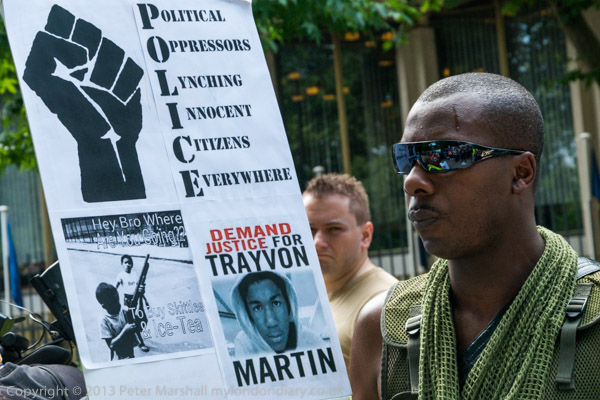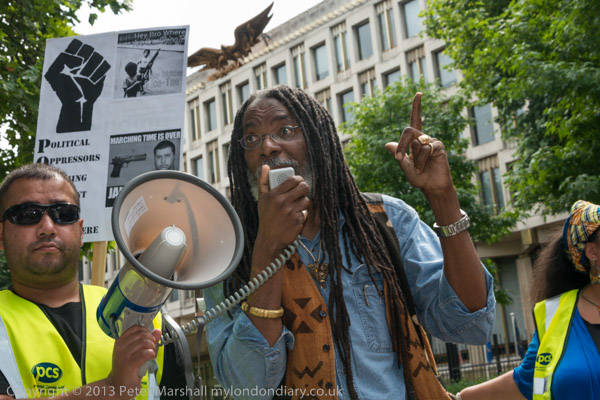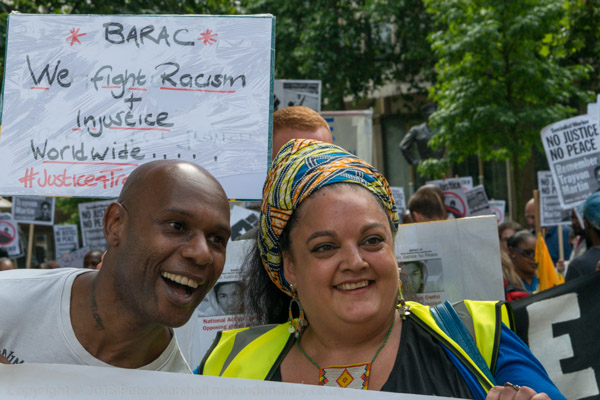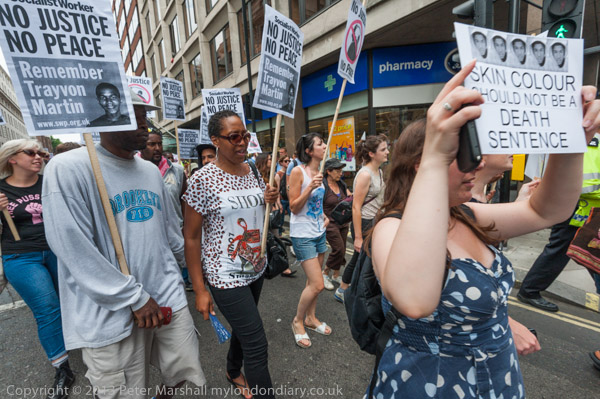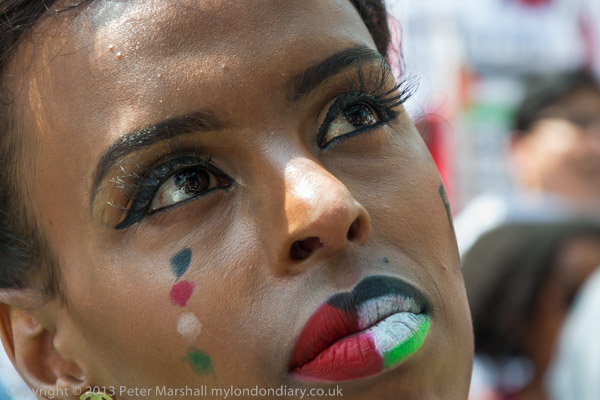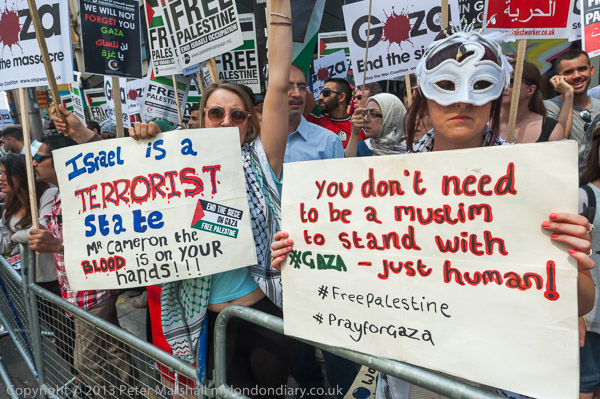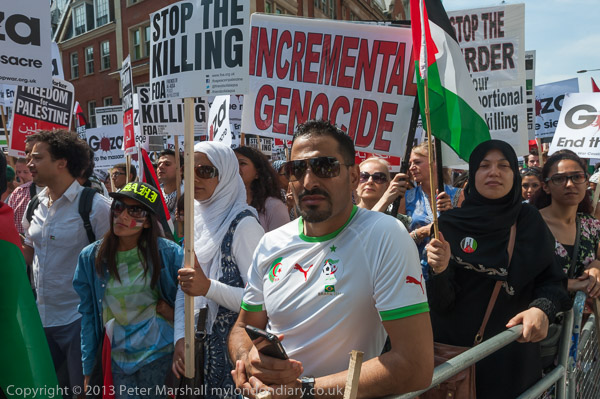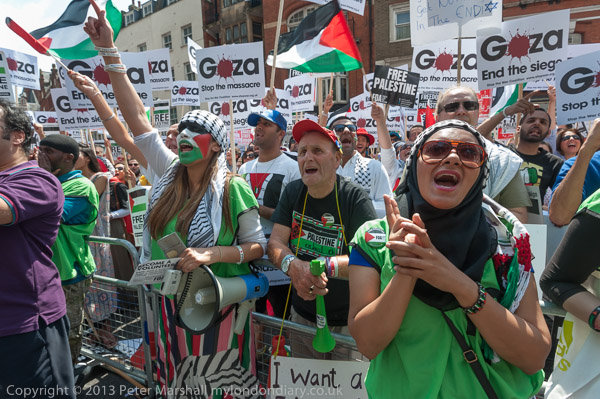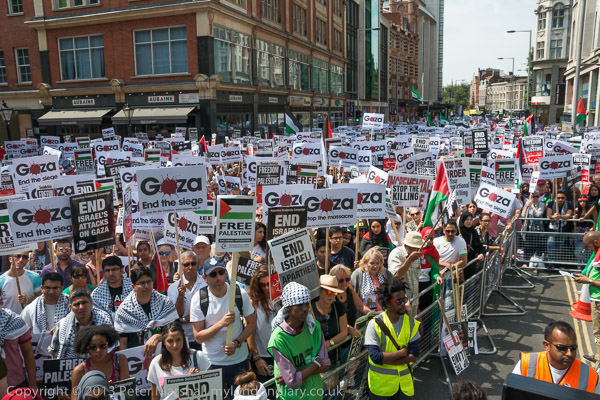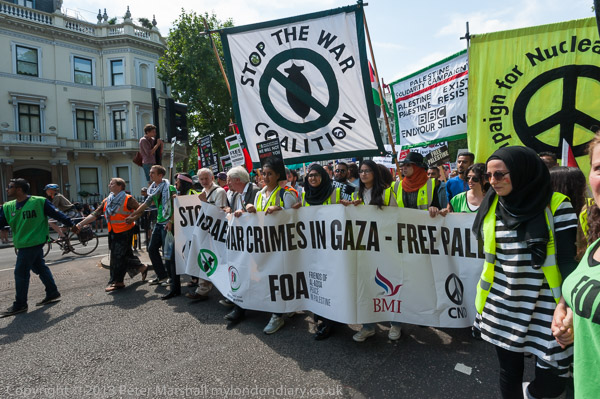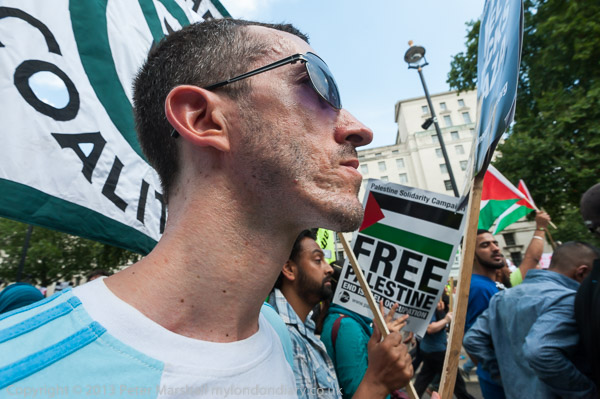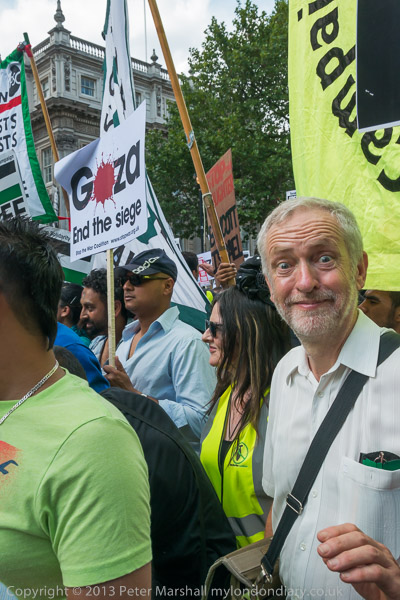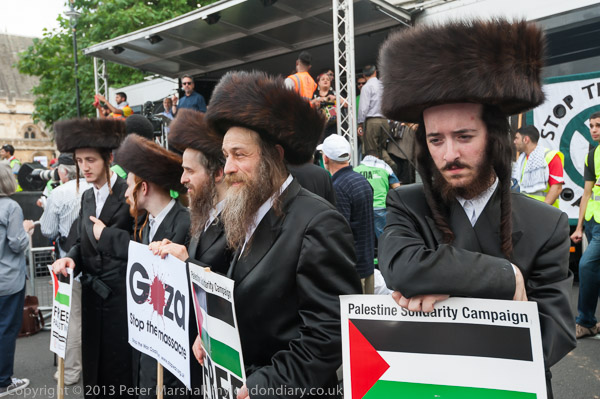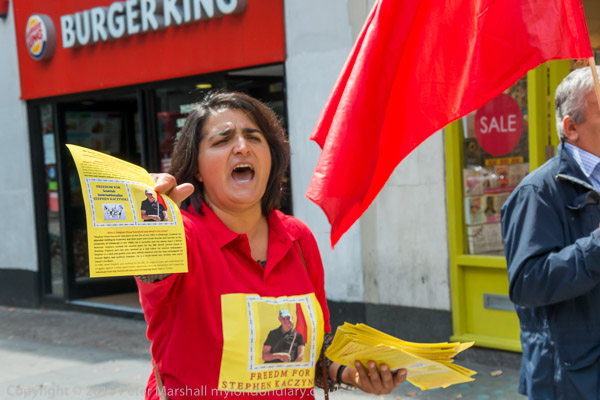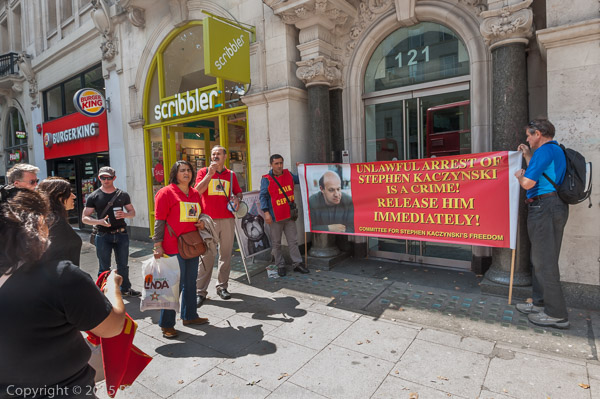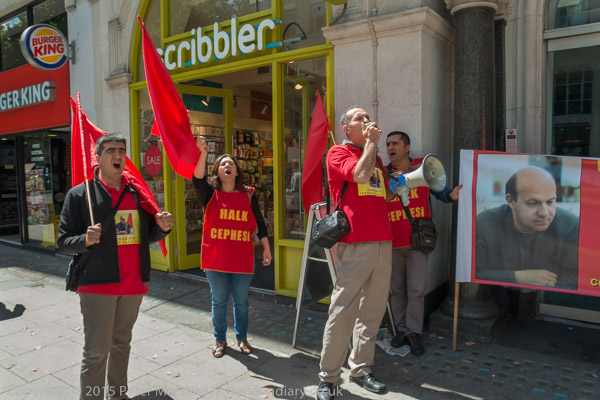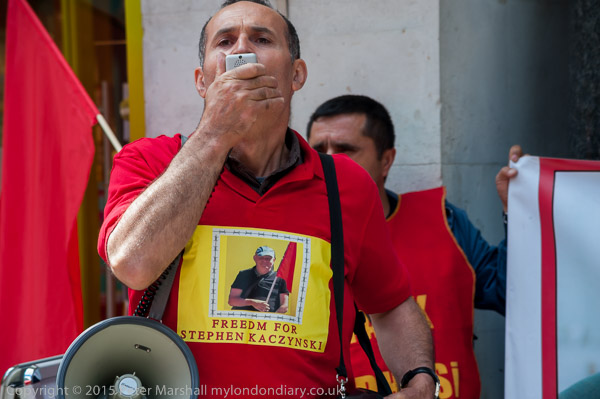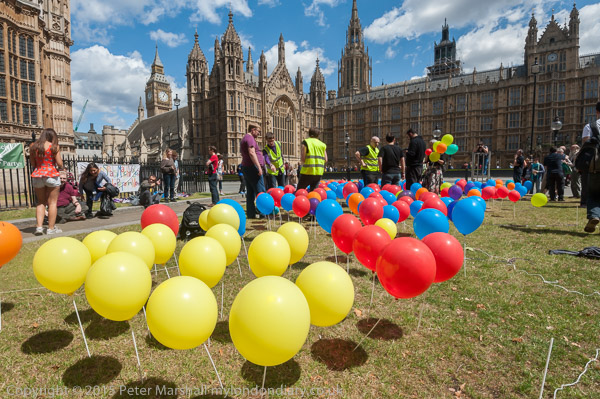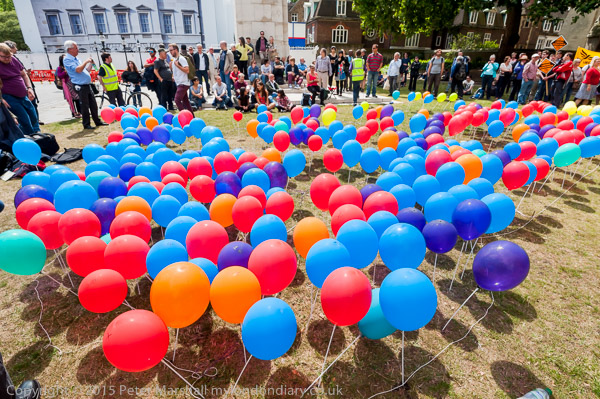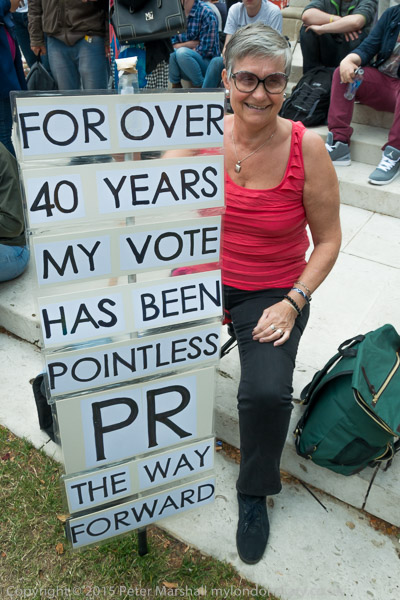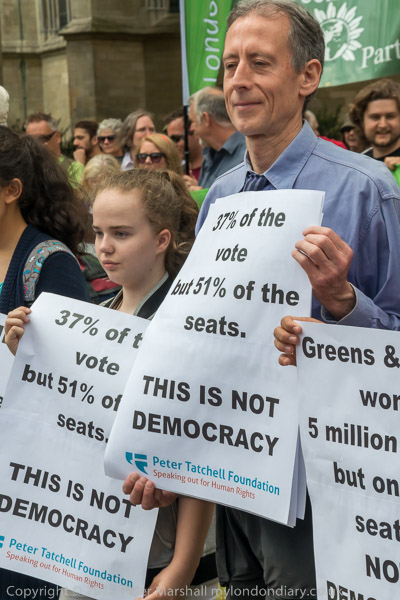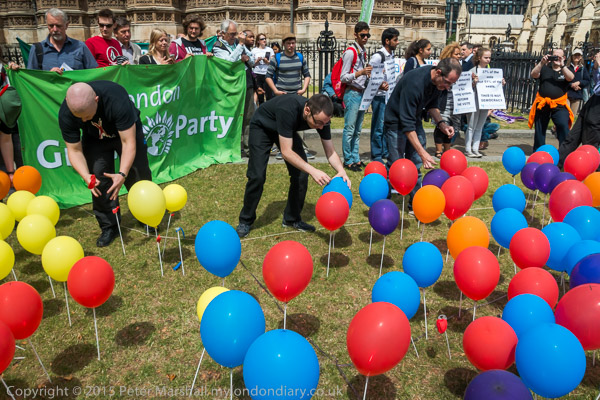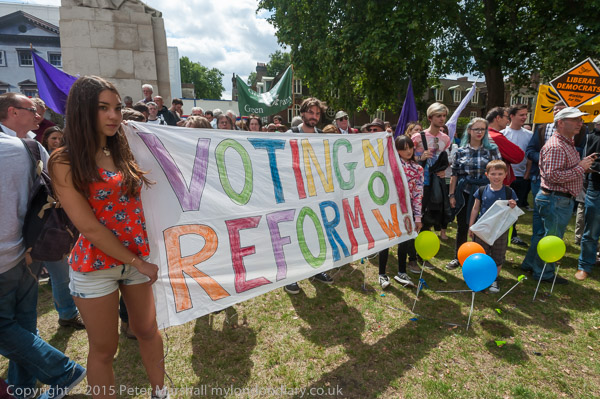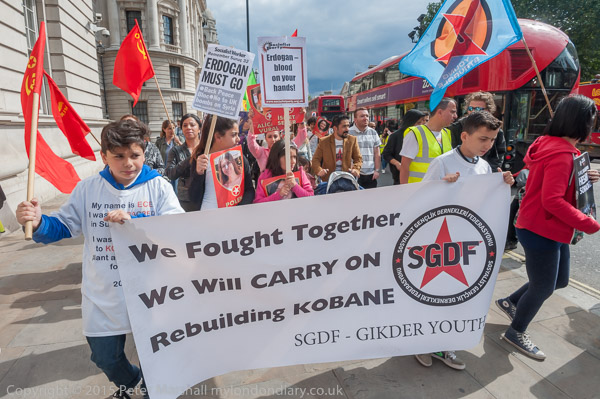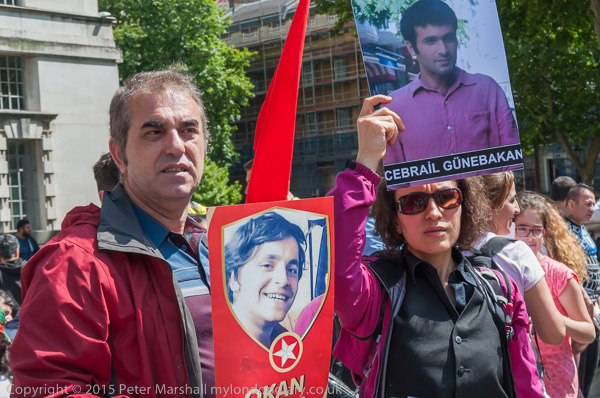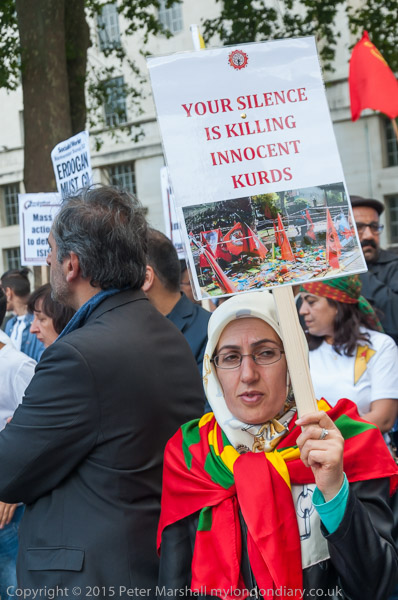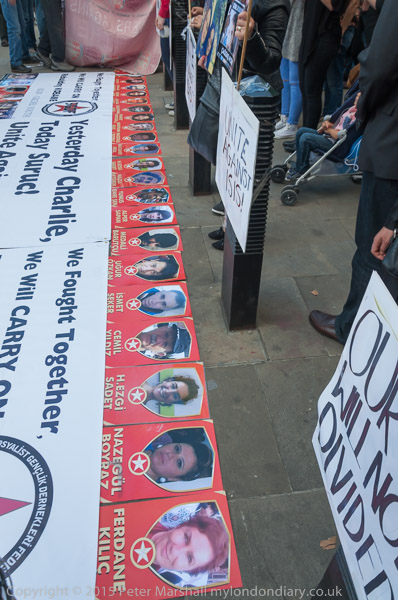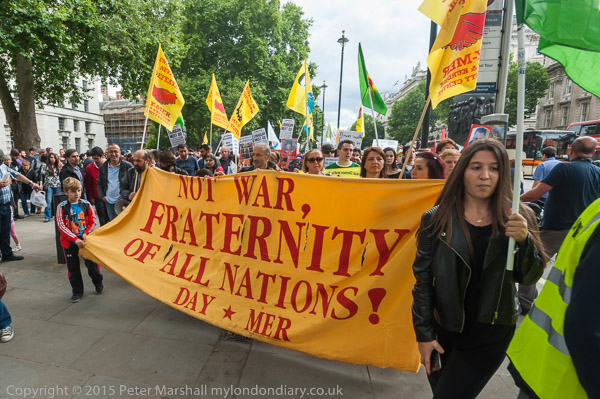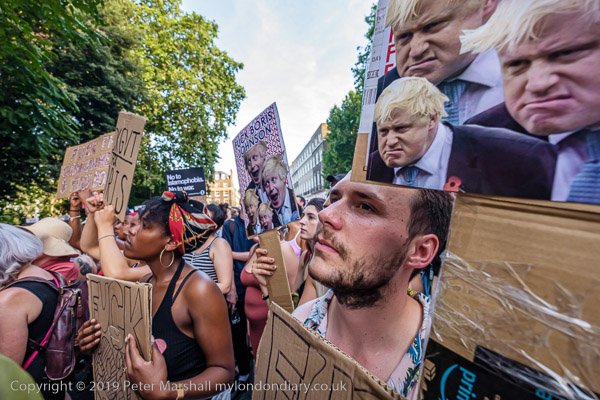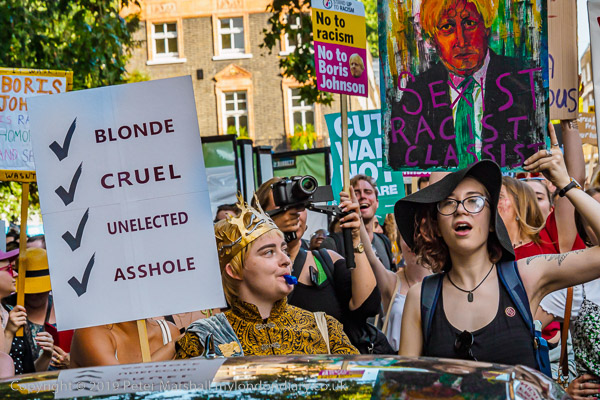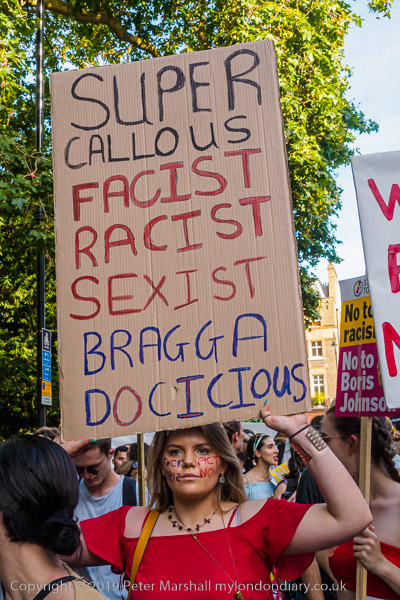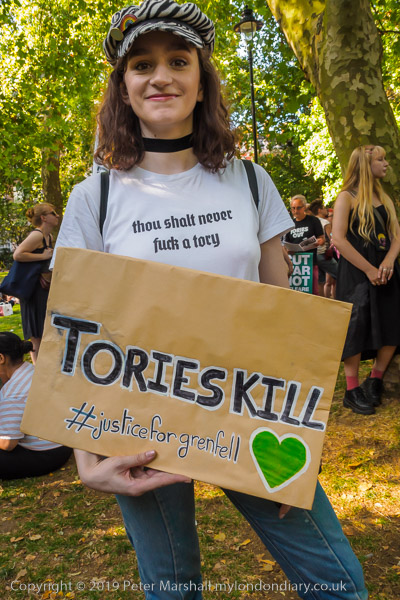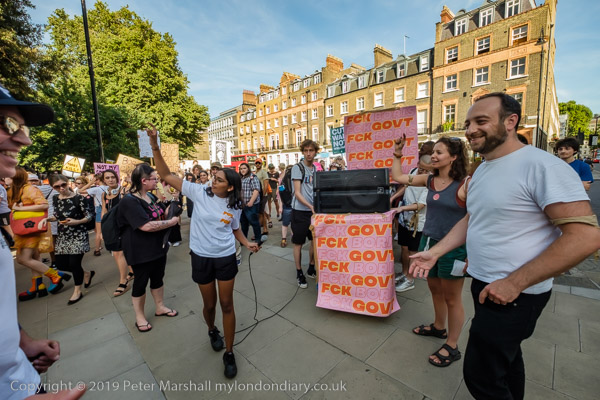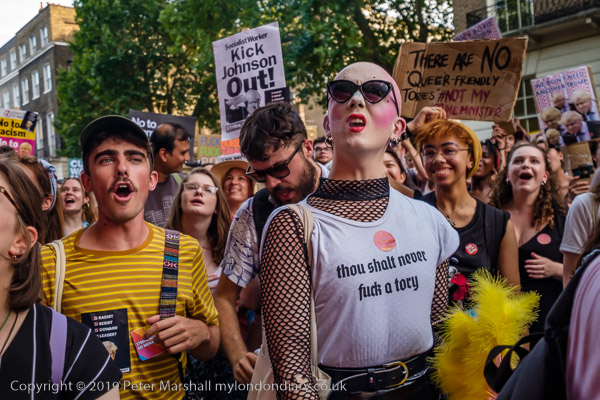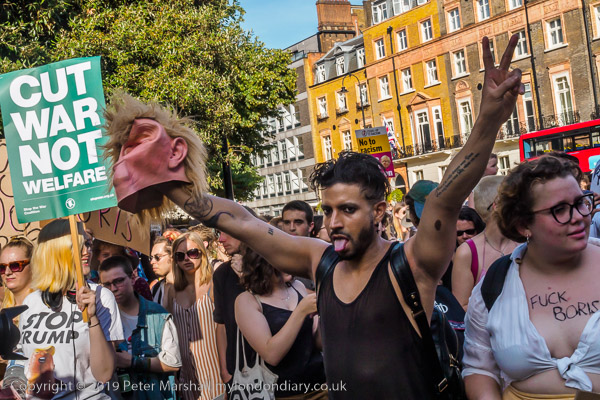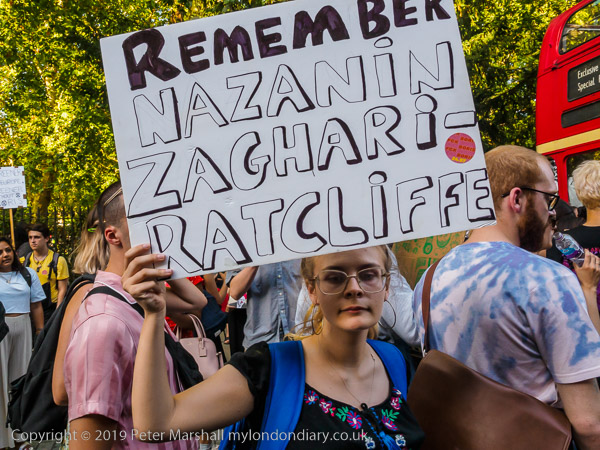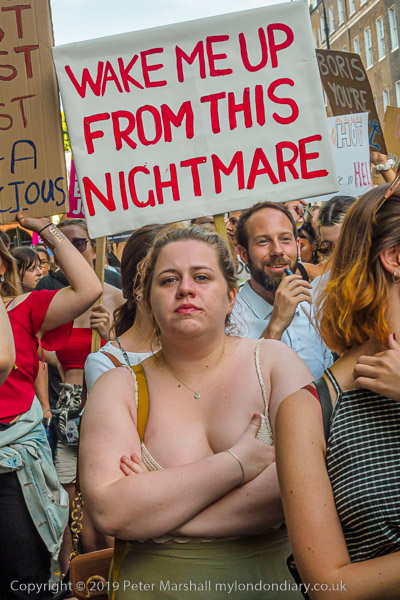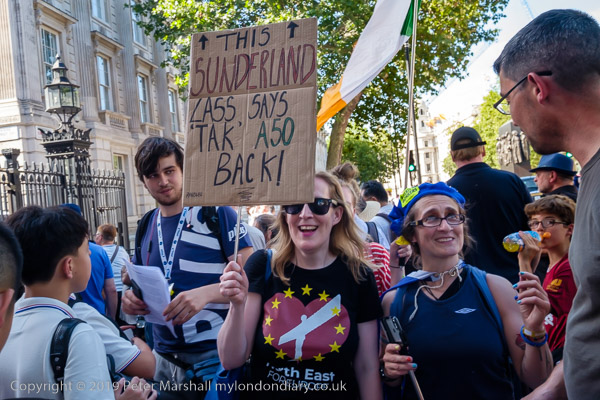The previous post on my walk on Sunday 30th October 1988 was Bermondsey St, the Green Dragon & Crucifix Lane.
Around the Abbey in Bermondsey 1988
Railway arches have played an important role in the economy of London and other cities, but particularly in London south of the river, where from the start around 1840 lengthy viaducts were built, beginning with this long one east from London Bridge which cut a gap through Bermondsey. The arches provided relatively low cost premises for small businesses, giving something back to the area in compensation for the damage the railways caused.
This particular business had closed and despite the fence had become a hand area for fly-tipping, with many houses in the area being cleared as gentrification was setting in. Furniture and other items that once would have gone to secondhand shops was simply being disposed of as cheaply as possible.
Unfortunately railway arches are now being refurbished as Network Rail sees them as a real opportunity to profit from its large estates, with often long-term tenants being forced out and the refurbished arches being let at three or more times the previous rents. A long battle was fought against this recently in central Brixton, where most of the previous businesses were forced to close.
Former warehouses are boarded up and awaiting demolition on Abbey Street close to the junction with Maltby Street.
All these buildings in Maltby Street have been demolished and it is hard to locate the exact location which I think was on the part of the road leading from Abbey St to Grange Walk. The sign on one of this range of commercial buildings was for ‘DIAMOND GLASS-FIBRE’.
The BERMONDSEY UNITED CHARITY SCHOOL FOR GIRLS was, according the the text on its side, ERECTED A.D.1830 and was more recently used as St Mary’s youth centre. It and the terrace along Grange Walk to the east remain and the school has been converted into flats.
This row of late seventeenth century houses on the right hand side of the street are all Grade II listed and Nos 5-7 at right of picture apparently include in their structure part of one side of a late medieval stone gatehouse to Bermondsey Abbey. However I don’t think any of this is visible, and despite various accounts elsewhere they are not the abbey gatehouse, though they show its position.
The more modern structure at the extreme right was recently demolished. On Tower Bridge Road it used to advertise itself as ‘The Bermondsey Indoor Antique Market’ on the Tower Bridge Road frontage withe the message ‘Open Every Friday’ on a board above its Grange Walk side.
Although these last two pictures are filed in my contact sheets under November, my note on the sheet says they were taken earlier than the first November sheet and I think they were taken on this walk.
Walter Coles & Co Ltd sold polythene bags from this warehouse at 47-9 Tanner St, just a few yards east of Tower Bridge Road. Since 2012 it has been an arts venue, Ugly Duck.
The buildings to the right of the warehouse were all on Tanner Street, which turns round towards the north, and have all been demolished and replaced.
Two notices had once been here but both had gone. One was replaced in 2019 letting us know this was St Saviours Estate and Purbrook Estate. This is Attilburgh House on the corner of Abbey St and Riley Road, a seven storey council block built on the site of five large houses on the street as a part of the St. Saviours Estate and I think dates from the 1960s. Its name probably comes from the old name for Attleborough, a market town in Norfolk not far from Thetford which gave its name to a neighbouring block.
Like most council housing, many of the flats here have been bought by tenants under Thatcher’s popular but disastrous ‘right to buy’. Many who did buy were unable to keep up with mortgage repayments and repair costs, and so many were fairly quickly sold, often to ‘buy to let’ investors who let them out at several times the council rents, enough to more than pay the costs of the mortage or bank loan, the new tenants buying the flats for those investors. A few years ago this estate featured in a court case after Southwark Council found that fire doors required replacement and tenants too them to court over the charges they imposed.
I think this was probably the end of my walk on 30th October 1988. Two weeks later I was back in Bermondsey taking more pictures, the subject of my next series of posts.







